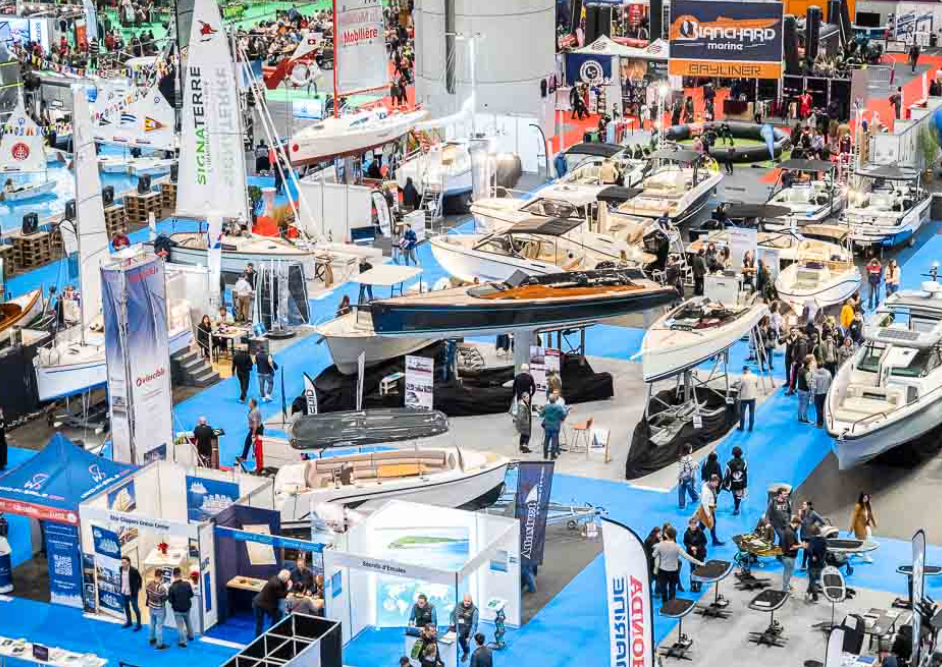13 Of The Strangest Aircraft That Actually Flew
From https://www.popularmechanics.com/military/g1420/17-bizarre-aircraft-we-love-and-the-stories-behind-them/
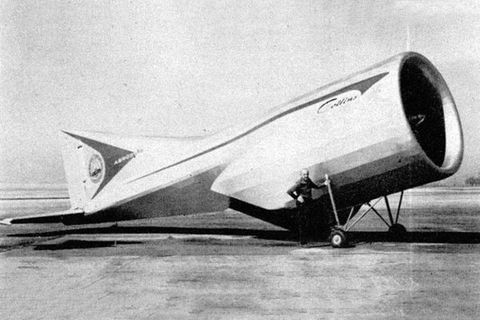
To look at Alexander Lippisch’s Aerodyne is to be baffled at how engineers managed to get such a crazy thing off the ground. And it’s far from alone in the gallery of bizarrely shaped aircraft we’ve seen over the years. From balance-driven helicopters to inflatable airplanes, even a cursory tour through the history of aviation reveals some strange beasts that look little like the jet shape we’re all accustomed to.
You have to wonder, why do aircraft designers keep building such far-out flying machines? We asked Dan Hagedorn, the curator of Seattle’s Museum of Flight, who provided more than a few reasons. Over the last 100 years, unconventional aircraft have let researchers probe the still-murky principles of aerodynamics, test novel aircraft design features and technologies, and much more. “The military has also driven a lot of the development,” Hagedorn says, and some strange looking machines “were simply built in order to confront genuine or perceived needs,” such as refueling in the air, escaping radar detection, or ferrying odd-shaped or heavy cargo. And in a few, rare cases, some odd flying creations help us discover entirely new methods of flight.
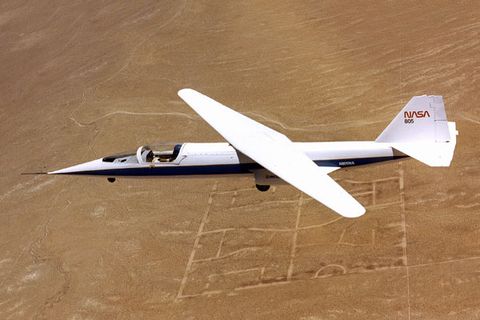
Wind-tunnel experiments and mathematical analysis can only take you so far. Understanding all the dynamics of a jagged object cutting through the atmosphere is a bit like predicting the weather: There are so many variables, you can only extrapolate up to a point. So to figure out how a specific feature, like the shape of a wing, can be affected by the many stresses and conditions the open air will throw at it, researchers sometimes just have to build it, fly it, and find out.
One of the oddest examples of this is the NASA AD-1, first built in 1979. The AD-1 showed that the straight and rigid wing of an aircraft could pivot up to 60 degrees during flight without losing stability.
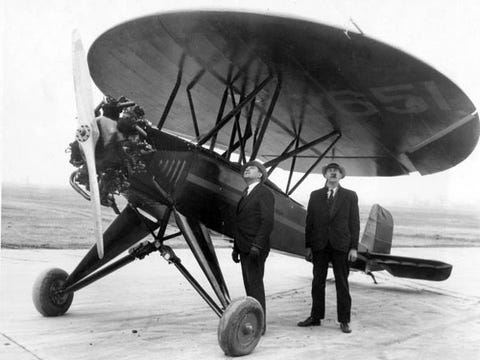
In 1934, the Nemuth Parasol, built by students at Miami University, demonstrated that even a circular wing could be used to fly a plane reliably. Hundreds of years from now, of course, this design principle will be adopted for spaceships.
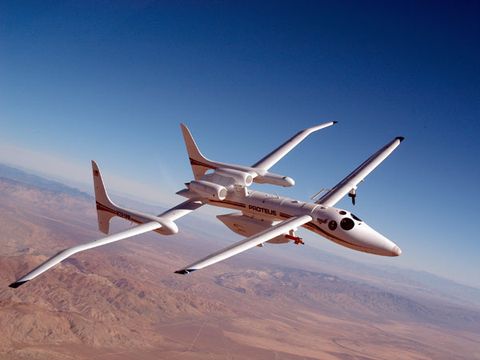
Burt Rutan designed the thin, tandem-wing Scaled Composites Model 281 Proteus, first flown in the late 1990s, to investigate the use of aircraft as high altitude telecommunications relays. Thanks to its efficient design, this model was able to fly at 65,000 feet for over 18 hours. However, the rise of unmanned aircraft means that flying a piloted aircraft for this kind of long-endurance missions is just unnecessary.
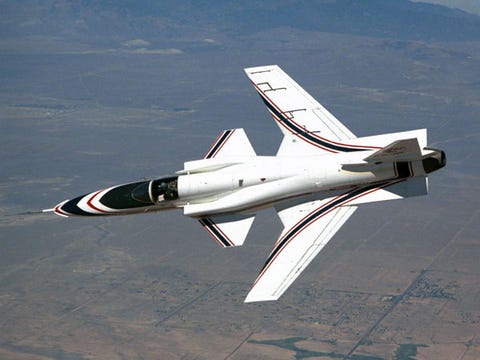
In 1984, the Grumman X-29 proved that the underlying lifting properties of jet wing wouldn’t be compromised even if the wings were angled in reverse.
For the X-29, as with most of these research aircraft, years of careful calculations preceded the flight tests. Still, Hagedorn says, “you got to wonder what was going through the minds of some of those test pilots.” PopMech flew in this hot fighter back in 1985.
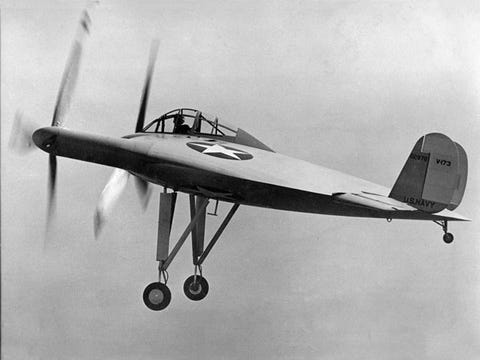
“For aircraft, there are certain things you simply have to have” Hagedorn says. “You need a lifting body of some kind. That can be some sort of foil, like a wing in an airplane, or a rotating blade like in a helicopter. You also need a propulsion device, some means of control, and some means of a landing. Everything else, no matter what the shape it is, is just details.”
And when it comes down to the details, engineers can try some crazy things. The Vought V-173 “Flying Pancake” was designed with the World War II Pacific theatre in mind, where the U.S. saw an increased need for ship-borne planes that could take off from short runways. As inexplicably shaped as the V-173 is, Charles Lindberg once flew it and called the aircraft surprisingly easy to handle.
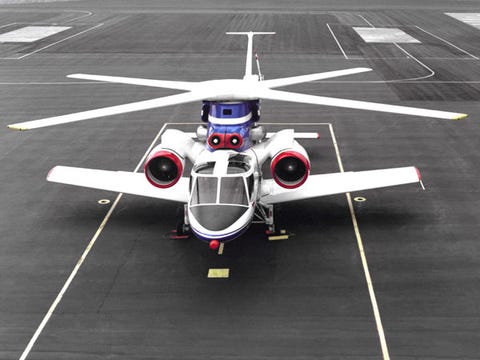
The Sikorsky X-Wing was built to combine the speed and propulsive mechanisms of a jet with the vertical takeoff abilities of a helicopter. Unfortunately, the program was cancelled in 1988, a long time after and far, far away from the first successful X-Wing.
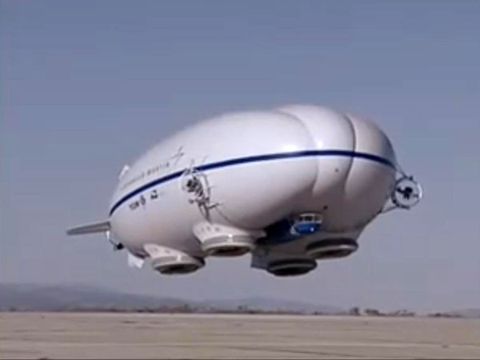
In the same vein of mix-and-match aircraft, the modern Lockheed Martin P-791 was built to combine the high speed of an airplane with the buoyancy of an airship. Who says you can’t have both? Lockheed Martin is still making and selling this combo-craft, which, it says, can stay afloat at 20,000 feet for up to three weeks.
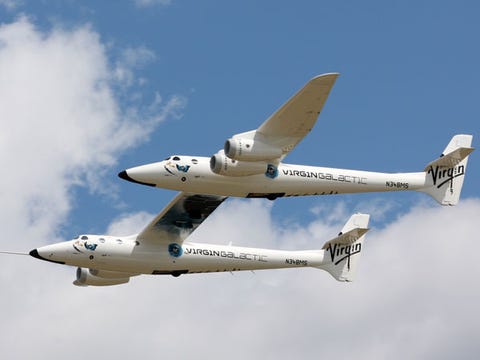
Designed to ferry a sub-orbital spacecraft between it’s twin fuselages, the Scaled Composites White Knight Two, first flown in 2008, can ascend to a maximum height of 70,000 feet. The pilot steers from the right fuselage. Virgin Galactic plans to use this ship to carry its SpaceShipTwo to 50,000, where it will detach from the White Knight and ascend to suborbital altitudes of nearly 70 miles.
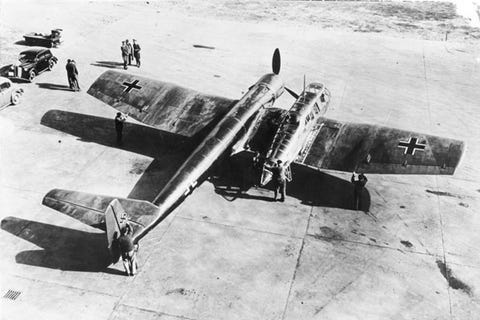
The Blohm & Voss BV 141 is a stark reminder that symmetry is not required for a flying machine. This WWII-era German wonder was designed as reconnaissance aircraft, and while few dozen were built and flown, it lost out to the the equally odd-looking Focke-Wulf Fw 189 and never reached full production.
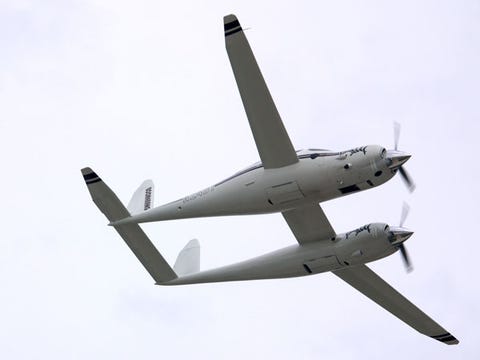
The Rutan Model 202 Boomerang is asymmetrical for an entirely different reason. This 1996 aircraft was built to still be controllable in the event of an engine failure for either of its twin engines.

The McDonnell XF-85 Goblin was built soon after WWII as a so-called “parasite fighter,” meaning it was built to be deployed from the bomb bay of a larger plane, the B-36. In the December 1948 PopMech, General Hoyt S. Vandenburg outlined how the little plane fit into America’s new Air Force. But, in 1949, the U.S. scraped the Goblin alongside other parasite fighter projects, and focused instead on developing methods for airborne refueling.
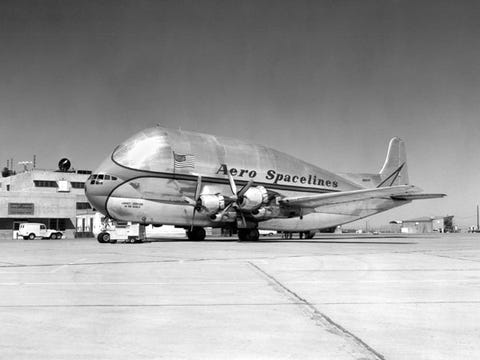
Sometimes you have gigantic, awkwardly shaped cargo you need to move across the country, and the big U-Haul just won’t do. NASA’s need to move the components of the Apollo moon missions led to the construction of this weird-looking aircraft, adapted from a Boeing 377. Luckily, there’s a plane for that: the B377PG ‘Pregnant Guppy.’
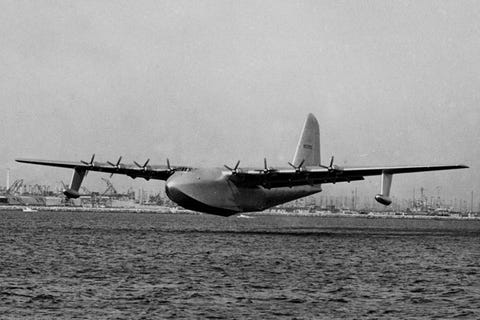
A 200-ton monstrosity, the H-4 Hercules 2 was nicknamed the Spruce Goose because of its wooden frame (despite the fact that it was mostly made of birch). The heavy transport aircraft is the largest fixed-winged seaplane ever built, and was designed by filmmaker and business magnate Howard Hughes. Only one was every built; today it sits in a museum in Oregon.

They said it couldn’t be done, but in the 1950s, tire and blimp-maker Goodyear created an inflatable, flyable plane as a prototype for the U.S. Army. Sadly, the Army cancelled the project when it realized there wasn’t much military use for a plane that could be popped like a balloon. You will be missed, Inflatoplane.
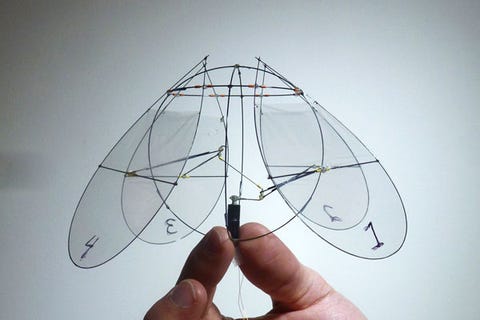
Despite their obvious visual differences, most aircraft are built upon very similar theoretical approaches to flight. For heavier-than-air aircraft, most flying machines are based on lift through a rotating blade (like a helicopter), or a fixed wing and some propulsive engine. Rarely does a researcher invent an entirely new method of flying. But last November, at New York University, applied mathematician Leif Ristroph did just that. Ristroph’s naturally stable flying machine, the AeroJelly, is only slightly larger than your hand, and pumps its four flapping wings like a flying jellyfish.
“My lab is interested in studying air dynamics and flapping wing flight,” says Ristroph, “and I was trying to design something that was stable without any sort of feedback.” Ristroph explains that his AeroJelly is more than just an odd curiosity; it’s letting him and his colleagues prod into the murky physics behind flexible, flapping wings. “This is very uncharted territory,” he says, as the flexible wings change their shape as they flap, and lead to strange aerodynamic properties. “You get this unusual effect where flapping leads to these swirls of air that launch off the wing, and the wings can interact with each other, which is challenging.”
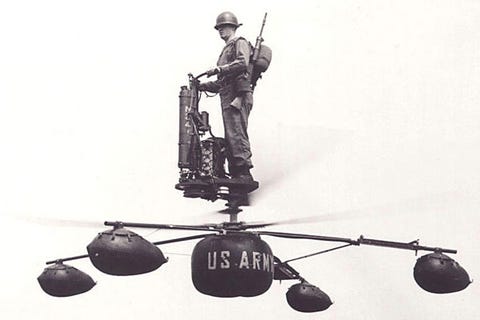
The balance-driven de Lackner HZ-1 Aerocycle was built with the dual hope of flying single-man reconnaissance missions and building the greatest Bond-villain chair of all time. A pair of crashes grounded the idea, but the dream lived on.



